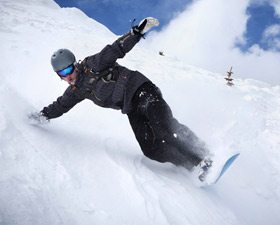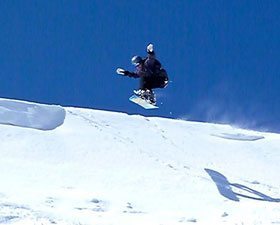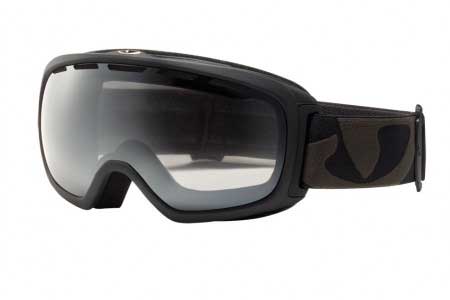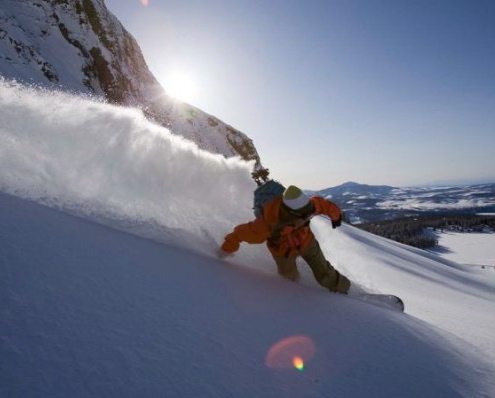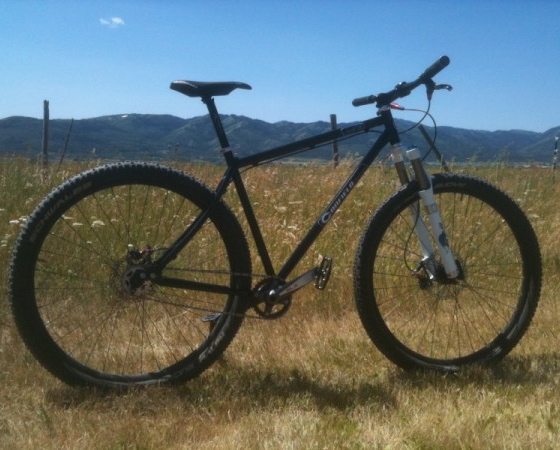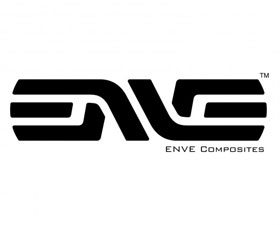If you ride bikes and haven’t heard any debate over 29ers, you either (A) have been cryogenically frozen for the past few years, or (B) live in an isolated mountain cabin and ride actual wooden wagon wheels.
But if you aren’t in either of these camps, you probably know that 29ers are staging a blitz of the mountain bike industry. A lot of riders love ‘em and a lot of riders hate ‘em, for a lot of different reasons. Will 29ers establish themselves as a mainstay on the scene, or will they simply turn into a cult favorite? For those of you who are frozen, have belly-length beards, or are just plain confused, we’ll clear up some of this mess.
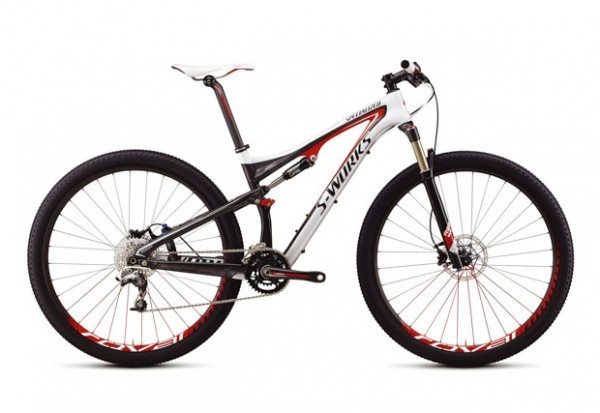
Mountain bike design is a game of geometry. In an ideal world, the geometry of the bike between your legs should complement the trail that’s below them. You want something aggressive, nimble, and sturdy for DH, and something light, steady, and powerful for XC. For these two purposes, riders usually use two different bikes. In fact, bikers often use different types of bikes for different situations. You wouldn’t take your dirt jump bike on an XC trail would you? What about your downhill bike on a road ride?
Enter the 29er (for the uninitiated, a mountain bike with 29” wheels as opposed to 26” wheels), the hottest, trendiest trend that the industry has seen since … well, who knows? Full suspension? Disc brakes? This is where the debate begins.
It appears that 29ers began their development around 15 years ago, the idea spawning from any number of larger tires (e.g., cyclocross, 700c) and manufacturers looking to combine different elements of bike design. Then, in some kind of crazy mix-up in which no one can either remember the details—or just don’t care to—Gary Fisher, WTB, and cyclocross had a child that would become the 29er as we know it today. It appears to be a case of dedicated industry folks putting their heads together to enhance the sport of mountain biking, and not just some crazy marketing scheme to get people to buy bikes.
And while 29ers are all the rage now, from the beginning of their existence (however convoluted that origins story may be), they’ve simply had terrible geometry. Essentially, larger wheels were thrown onto smaller frames, and out the door they went.
This led to a number of problems. Bikes designed like this are unbalanced and very slow in the rear due to a long rear triangle. The front is then twitchy and unstable, with an excessively steep front end married to an overly long stem. It also has a short front-center with a too-long chainstay. And yet, there is good news: traditional 29er geometry actually works really well on smooth, less-than-gnarly trails (29ers have a few XC World Cup podiums to date, but these have been the exception, not the rule). They’re fast once they’re up to speed, provide good grip on all parts of the trail (due to more tire surface area on the ground), and allow for excellent roll-over. These traits naturally make for good XC rides. The bad news, however, is that on steep, rough, technical trails (read: DH), they’ve traditionally been clunky and hard to maneuver.
So, yeah, 29ers do some things well, and 26ers do some things well, too. But 29ers are a relatively new technology and haven’t been perfected yet. We’re still in the trial phase.
So how can we settle our differences? Well, we should first look at the warring factions.
The dichotomy between the 29er riders and the 26er riders comes from differences in (1) riding styles and (2) preferred trail types.

